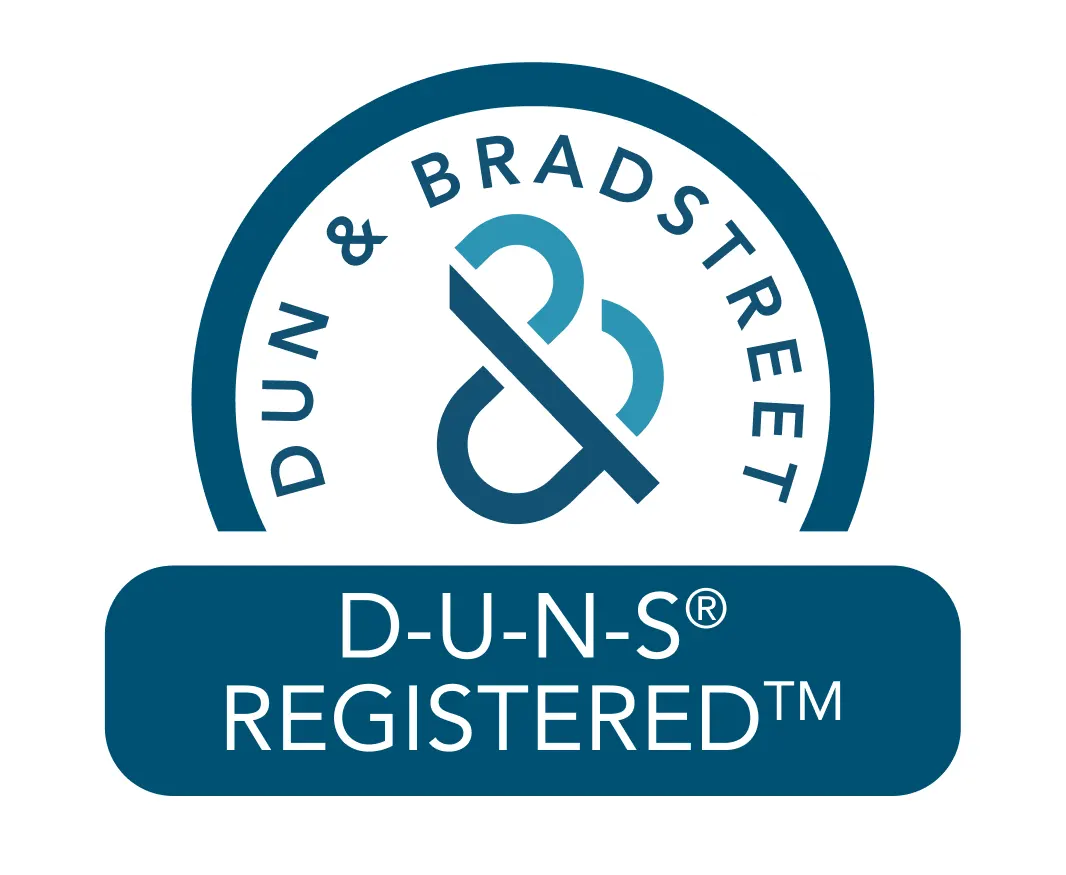Social engineering is a form of manipulation used by cybercriminals and attackers to deceive individuals into divulging confidential information, performing actions, or compromising security protocols. It preys on human psychology and behavior rather than exploiting technical vulnerabilities. Social engineering attacks rely on exploiting trust, fear, curiosity, urgency, or other emotions to trick people into taking actions that compromise their own security or the security of an organization.
Examples of social engineering tactics include:
- Phishing: Sending deceptive emails that appear to be from legitimate sources, such as banks or organizations, to trick recipients into revealing sensitive information like passwords or credit card details.
- Pretexting: Creating a fabricated scenario or pretext to manipulate individuals into disclosing information, often by posing as a trusted entity or a co-worker in need.
- Baiting: Offering something enticing, like a free software download or a USB drive labeled as important, to encourage individuals to perform an action that introduces malware or leaks data.
- Quid Pro Quo: Offering something of value (e.g., technical support) in exchange for sensitive information or access credentials.
- Tailgating: Gaining unauthorized physical access to a building or secure area by following authorized personnel closely or posing as someone with a legitimate reason to enter.
- Impersonation: Pretending to be someone with authority or familiarity to manipulate individuals into complying with requests, often over the phone or in person.
- Scareware: Displaying alarming pop-ups or messages that falsely claim the user’s system is infected, leading them to install malware or purchase unnecessary software.
- Spear Phishing: Customizing phishing attacks to target specific individuals or organizations, often using information gathered from social media or other sources.
15 Steps To Stay Safe
Here are some essential tips to help you stay safe online:
- Use Strong and Unique Passwords:
- Create strong passwords that include a mix of uppercase and lowercase letters, numbers, and symbols.
- Avoid using easily guessable information like birthdates or common words.
- Use a different password for each account to prevent a single breach from affecting multiple accounts.
- Enable Multi-Factor Authentication (MFA):
- Whenever possible, enable MFA for your online accounts.
- MFA adds an extra layer of security by requiring a second form of verification in addition to your password.
- Be Cautious with Links and Attachments:
- Avoid clicking on links or downloading attachments from unknown or suspicious sources, especially in emails or messages.
- Hover over links to see the actual URL before clicking.
- Stay Updated:
- Keep your operating system, software, and antivirus programs up to date to ensure you have the latest security patches.
- Beware of Phishing Attempts:
- Be skeptical of unsolicited emails, calls, or messages requesting personal or financial information.
- Verify the sender’s identity through a separate channel before taking any action.
- Secure Your Devices:
- Use strong PINs or passcodes to lock your devices and enable biometric authentication if available.
- Enable remote tracking and wiping for your devices in case they are lost or stolen.
- Use Secure Wi-Fi Connections:
- Avoid connecting to public Wi-Fi networks for sensitive transactions.
- If you must use public Wi-Fi, consider using a virtual private network (VPN) for added security.
- Protect Personal Information:
- Be cautious about sharing personal information on social media and public forums.
- Review your privacy settings to control who can see your information.
- Regularly Back Up Data:
- Back up your important files and data regularly to an external drive or a secure cloud storage service. If you need help, we offer this service.
- Verify Before Sharing:
- Verify the authenticity of requests for personal or sensitive information, especially if they’re unexpected or urgent.
- Use official contact information from known sources to confirm requests.
- Educate Yourself and Others:
- Stay informed about the latest online threats and scams.
- Educate friends and family, especially those less familiar with technology, about online safety best practices.
- Be Wary of Social Engineering:
- Be cautious when sharing personal or sensitive information, even if someone seems trustworthy or familiar.
- Verify the identity of individuals asking for access to secure areas or systems.
- Use Reputable Software Sources:
- Only download software and apps from official sources to avoid inadvertently installing malware.
- Secure Your Social Media Accounts:
- Review and adjust privacy settings on your social media accounts to limit the information visible to the public.
- Practice Safe Online Shopping:
- Shop only on reputable websites with secure checkout processes.
- Look for “https://” and a padlock icon in the browser’s address bar when making online transactions.
Understanding the intricacies of social engineering is essential for IT support and cybersecurity professionals, as it aids in recognizing and thwarting these deceptive tactics. By being aware of the methods employed by cybercriminals and attackers, IT support and cybersecurity teams can implement countermeasures and educate users on how to detect and resist social engineering attempts, thus enhancing overall security posture.




